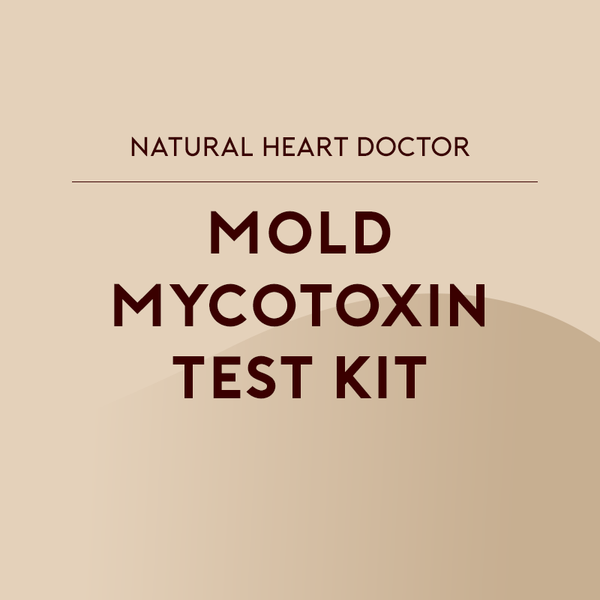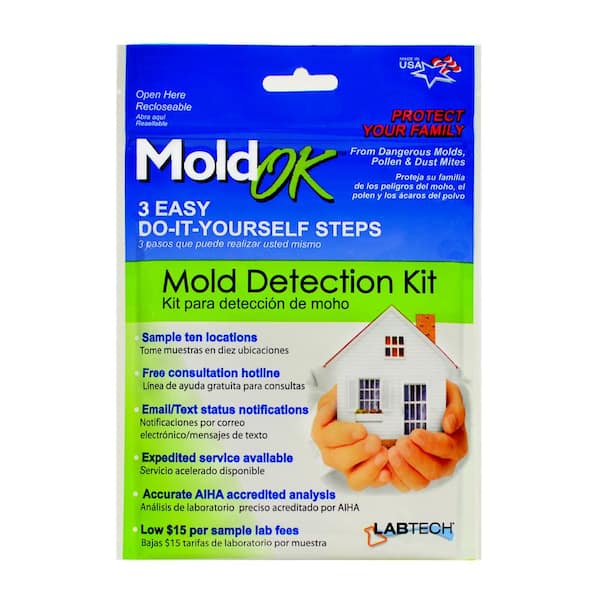Boost Your Safety Protocols with Professional Mycotoxin testing Services
Boost Your Safety Protocols with Professional Mycotoxin testing Services
Blog Article
Exactly How Mycotoxin Screening Aids Protect Against Contamination and Safeguard Food Supplies

Mycotoxin testing is an indispensable technique in the food sector, acting as a frontline defense versus contamination by dangerous toxins produced by molds. Through the application of sophisticated strategies like High-Performance Liquid Chromatography (HPLC) and Liquid Chromatography-Mass Spectrometry (LC-MS), food producers can properly detect and quantify mycotoxin degrees in agricultural products. This aggressive method not only makes certain conformity with strict safety policies but additionally reduces health dangers to consumers. In addition, routine screening strengthens brand reputation and monetary health by minimizing contamination-related events. So, exactly how specifically do these testing methods integrate into the broader food security strategy?
Understanding Mycotoxins
Understanding mycotoxins begins with recognizing that they are poisonous second metabolites generated by particular mold and mildews, which can pollute agricultural products. These metabolites are not important for the growth or reproduction of the fungis but can have severe implications for animal and human wellness. Mycotoxins are frequently discovered in staple crops such as corn, wheat, barley, and nuts, where they can proliferate under details problems of wetness and temperature level.
There are a number of types of mycotoxins, each created by different fungal varieties. Fusarium types generate trichothecenes and fumonisins, both of which are associated with numerous intense and chronic wellness problems.

Risks of Mycotoxin Contamination
The risks of mycotoxin contamination are complex, posturing considerable risks to both food safety and public wellness. Mycotoxins, toxic compounds generated by specific sorts of fungis, can contaminate a vast array of agricultural items consisting of cereals, nuts, seasonings, dried out fruits, and coffee. Once these contaminants infiltrate the food supply, they can lead to significant health and wellness concerns such as liver damages, kidney failure, and also cancer. Vulnerable populaces, including youngsters, the elderly, and immunocompromised people, are particularly in jeopardy.
Economic effects are another major problem. Contaminated plants can cause considerable economic losses for farmers and food producers because of lowered yields and the requirement for pricey decontamination procedures. Global profession can be significantly hindered as countries apply strict mycotoxin policies to safeguard their populaces, leading to turned down deliveries and stretched profession relationships.
Ecological factors such as climate modification intensify the danger of mycotoxin contamination. Variants in temperature level and moisture can produce positive problems for fungal development, boosting the probability of contamination occasions. Hence, understanding and minimizing these threats are critical for guaranteeing the safety and integrity of global food supplies.
Methods of Mycotoxin Examining
Properly recognizing mycotoxin contamination in farming items is vital for securing public health and wellness and maintaining food safety criteria. Numerous techniques are utilized to spot and quantify mycotoxins, each offering details benefits and restrictions.
High-Performance Liquid Chromatography (HPLC) is a widely made use of technique due to its high sensitivity and accuracy. It includes separating mycotoxins from other substances in an example, allowing accurate metrology. In A Similar Way, Liquid Chromatography-Mass Spectrometry (LC-MS) combines fluid chromatography with mass spectrometry to offer detailed molecular details, making it particularly helpful for recognizing numerous mycotoxins simultaneously - Mycotoxin testing Services.

Gas Chromatography-Mass Spectrometry (GC-MS) and Thin-Layer Chromatography (TLC) are also employed, each with unique applications. GC-MS is effective for volatile mycotoxins, while tender loving care supplies a less complex, economical option for preliminary screening.
Advantages of Routine Evaluating
Regular screening for mycotoxins in farming items offers countless benefits, considerably contributing to public health and wellness and food safety. By identifying contamination early, regular screening helps protect against the circulation of harmful foods, thereby lowering the danger of mycotoxin-related health problems among customers. This positive approach not just safeguards human check this site out wellness however also boosts the general quality of food materials.
Consistent screening likewise sustains regulative conformity. Different nations and regions have actually established rigorous limitations for mycotoxin degrees in food and feed. Following these restrictions with normal testing makes certain that producers and suppliers satisfy lawful criteria, thereby staying clear you could try this out of penalties and trade obstacles. Furthermore, keeping compliance promotes customer count on and brand name credibility, which are essential for market success.
Additionally, normal mycotoxin testing can lead to considerable economic benefits. Early discovery of contamination permits prompt treatment, reducing potential losses from widespread contamination. Executing routine testing procedures can likewise lessen recall expenses and associated obligations, which can be economically ravaging.
Moreover, routine screening supplies useful information that can notify much better agricultural practices and storage conditions. By recognizing patterns of contamination, manufacturers can take on safety nets, consequently lowering future dangers and contributing to the sustainability of the food supply chain.
Applying Examining Procedures
Executing effective mycotoxin testing methods is critical for guaranteeing the safety and security and high quality of agricultural items. Developing a robust testing structure includes multiple vital actions, starting with the recognition of potential contamination points within the production and supply chain. This consists of pre-harvest, post-harvest, storage space, and distribution stages. Each phase must be looked at to identify where mycotoxin contamination is more than likely to occur.
Once essential control points are recognized, selecting ideal testing approaches is important. Usual techniques consist of enzyme-linked immunosorbent assay (ELISA), high-performance fluid chromatography (HPLC), and mass spectrometry (MS) Each technique has its toughness and weaknesses; pop over to this web-site therefore, choosing the right one relies on the certain mycotoxin being evaluated, the called for level of sensitivity, and readily available resources.

Finally, integrating the screening protocols right into an extensive food safety and security administration system is advisable. This improves traceability and enables quick corrective activities when contamination is spotted, therefore protecting the honesty of the food supply chain.
Final Thought
Mycotoxin screening is vital in preventing contamination and securing food products by allowing very early detection of dangerous toxins generated by mold and mildews in agricultural items. Advanced approaches such as HPLC and LC-MS guarantee conformity with safety policies and shield consumers from health and wellness threats. Normal testing improves brand name reputation, monetary security, and rely on food safety by lessening contamination-related losses and keeping high standards in food production. Executing strenuous screening methods is thus crucial for the sector's overall well-being.
Mycotoxin testing is an essential practice in the food industry, serving as a frontline protection against contamination by harmful toxins generated by mold and mildews. An incorporated technique including agricultural practices, storage space monitoring, and routine testing can reduce the risks linked with mycotoxin contamination, guaranteeing food safety and public health.
The threats of mycotoxin contamination are complex, positioning significant threats to both food safety and security and public health.Regular testing for mycotoxins in farming items provides many benefits, dramatically adding to public health and wellness and food safety and security.Mycotoxin screening is important in avoiding contamination and guarding food supplies by enabling early discovery of hazardous toxins produced by molds in agricultural items.
Report this page